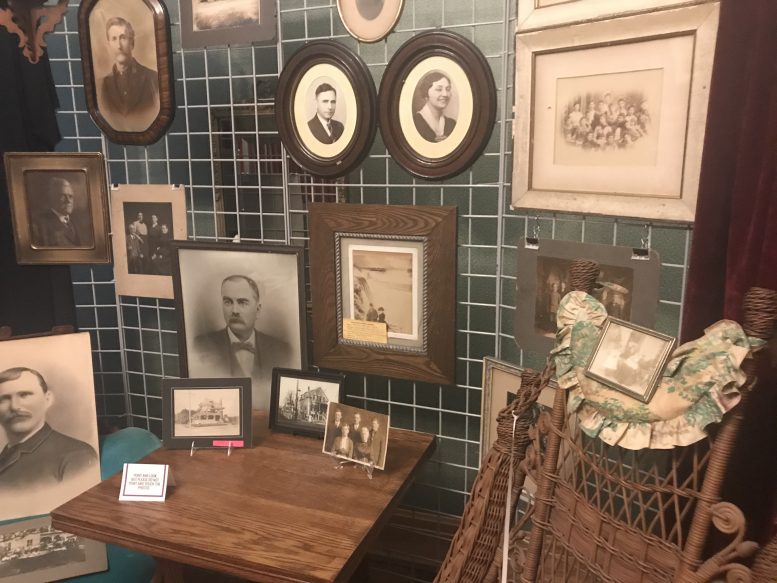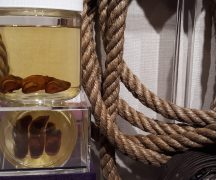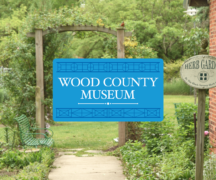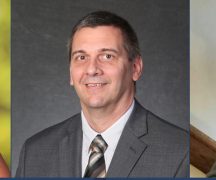By DAVID DUPONT
BG Independent News
When the Wood County Museum opens its doors to the public after having been closed because of the pandemic, there will be plenty of faces to greet them.
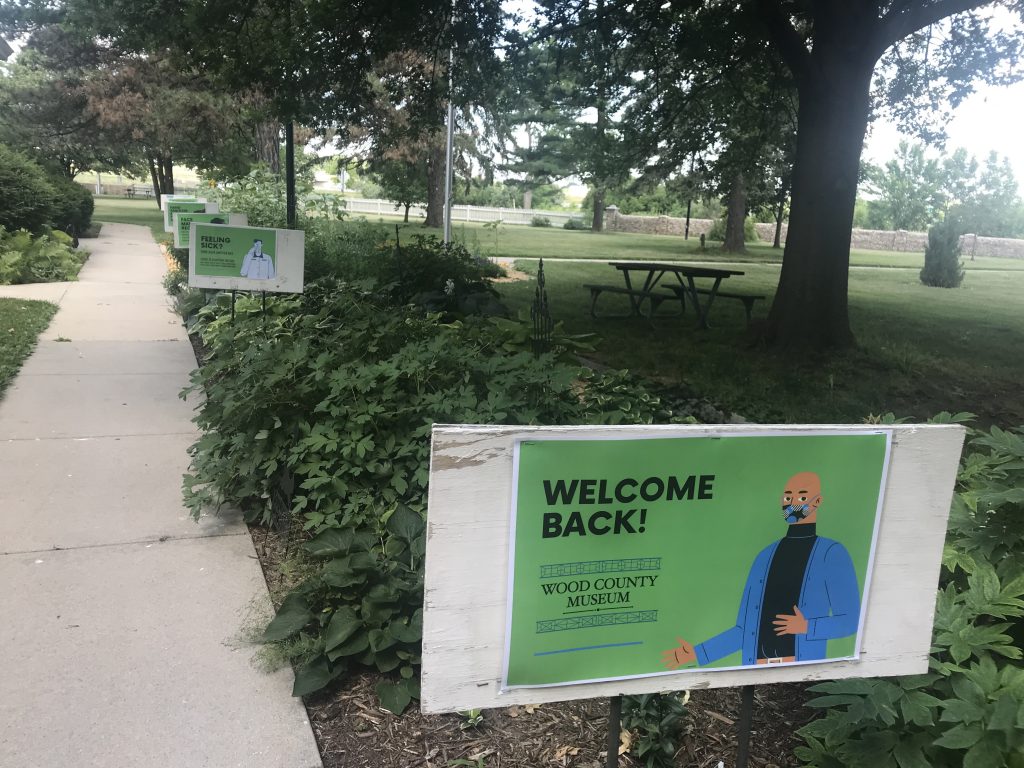
Those faces will be without masks, and attached to bodies that are not physically distanced.
And almost all are no longer with us except for their images as captured by largely anonymous photographers.
A large space on the museum’s second floor is being devoted to “People, Places & Things,” an exhibit of more than 1,000 photographs from the museum’s collection.
Holly Kirkendall, the museum’s curator, said she pulled the show together in a month’s time, once she and the rest of the staff were able to return to the building.
The photographs were collected over 40 years, back to a time when having identifications was not required, as it is now.
She wanted an exhibit that “does not require a lot of interpretation and that the public will enjoy.”
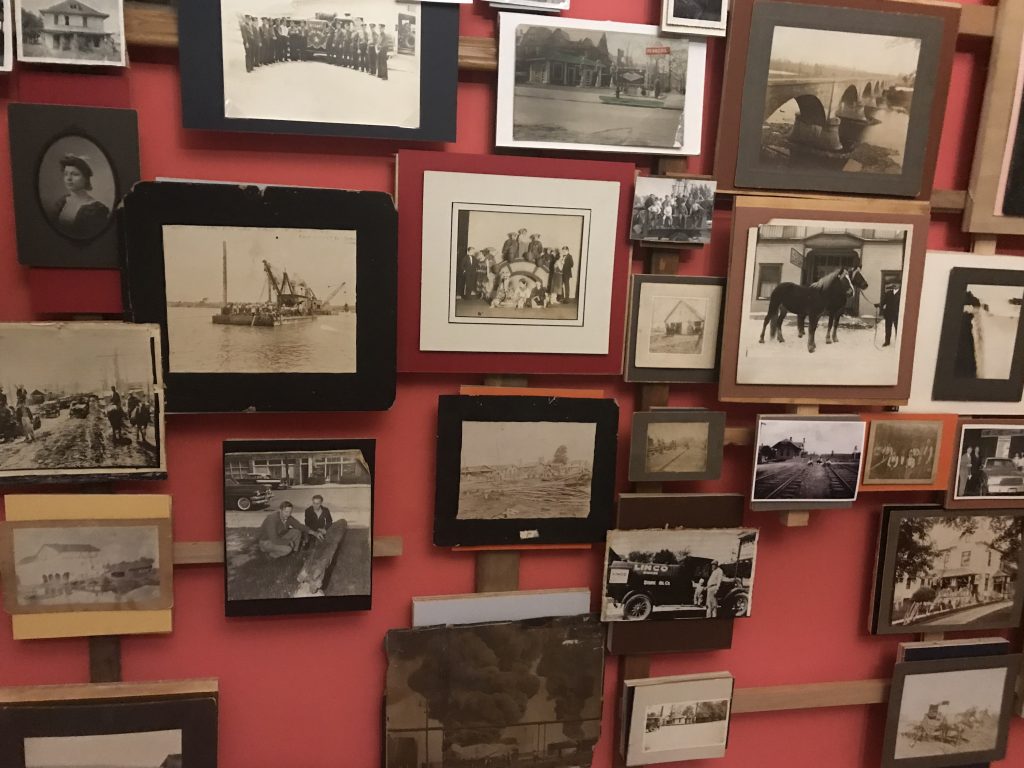
People like photos whether sorting through their own boxes of family pictures or looking at family portraits of unnamed forebearers and Main Street shops from decades ago.
“People feel a real connection to historic photos,” Kirkendall said. “This is what people donated to us over the years. We’re hoping this sparks memories and conversation.”
The result is “a picturesque extravaganza.”
And if someone recognizes someone in a photo, they are invited to share that knowledge with the museum.
While the show was put together in a month, it doesn’t mean it was easy.
Kirkendall said it was in some ways more challenging than a show she has two years to plan.
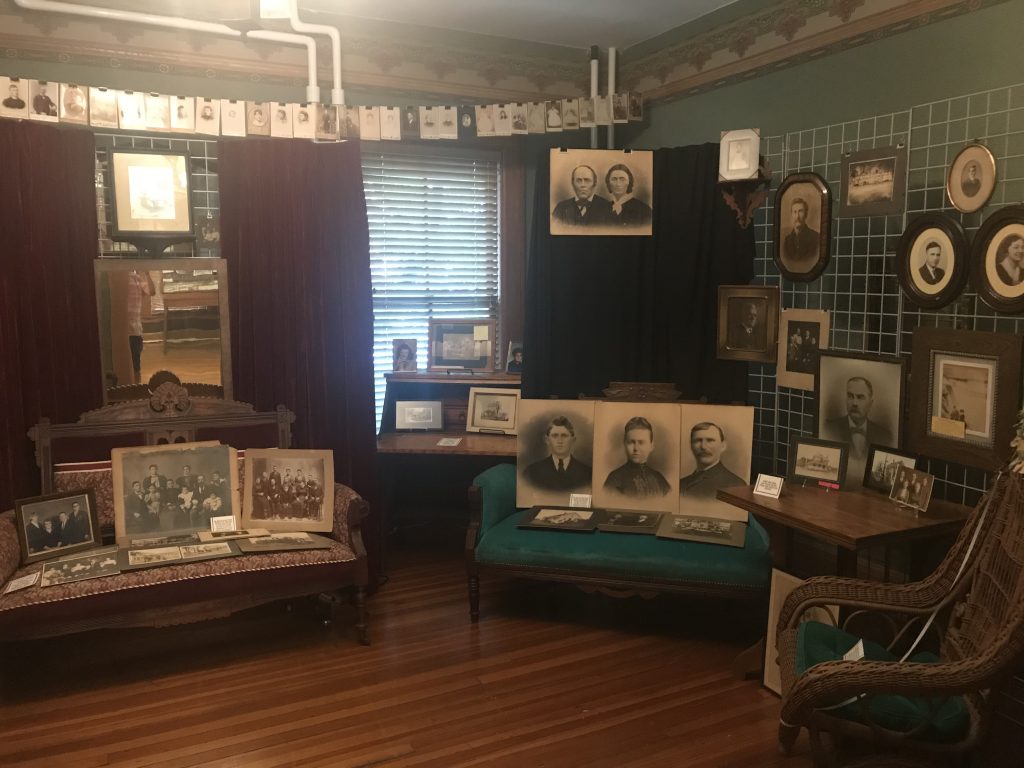
Hanging the photos required ingenuity. The building is plaster and brick, so she and technician Daniel Hergert had to design and install wooden frames to hang all the images.
Other images are hung like laundry across the ceiling. Those include photos from Max Schaffer’s Cygnet Oil Museum. The oil boom pictures are in particularly delicate shape.
One room is set up as a parlor. The photographs populate it with spectral visages, giving it a lived-in look.
Complementing “People, Places, & Things,” is “Utopia: A Visual Storytelling of Our Home,” a collection of photographs of Wood County by Taylor Houpt Ayres.
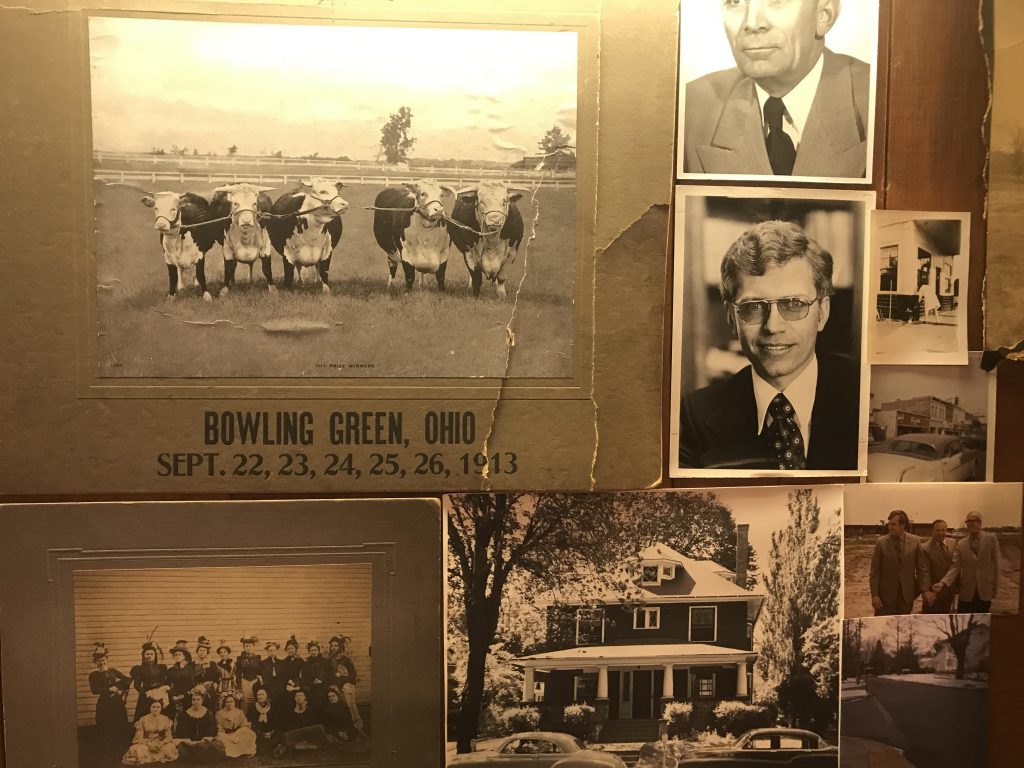
The exhibit opened a few weeks before the pandemic closed the museum’s doors. It will remain on view through December. Digital galleries of “Utopia” and other exhibits are available.
Once the museum opens on Monday, visitors will be able to go on self-guided tours. The museum staff is urging visitors to wear masks – they are. Hand sanitizer stations are located throughout the building. The museum will resume its usual hours Monday through Friday 10 a.m. to 4 p.m. and Saturday and Sunday 1-4 p.m.
And everyone is encouraged to physically distance within the 30,000-square-foot museum. Also, open will be the Lunatic Asylum, Pestilence House, and Ice House.
The museum’s award-winning exhibit “For Comfort & Convenience” is still on exhibit on the second floor, in condensed form.
Kirkendall said she was planning on presenting this in the new format later in the year, but decided this offered a good opportunity to make the change.
The exhibit will remain there for at least five years, she said, and could really be considered a permanent fixture.
“It fits the mission of the museum which is to promote the history of the county infirmary,” Kirkendall said. The exhibit also shows how the infirmary fits within the history of the state.
Visitors will also get a hint of what is to come.
The county’s infamous “fingers in a jar” artifact will be put into a new context in the Carl & Mary Bach Story.
The museum is working with The Cocoon and historian Rebecca Mancuso who has written about how the fingers have been displayed to shine light on the issue of domestic abuse as viewed through the tragic story of Mary Bach’s murder. That exhibit is scheduled to open on Oct. 1.

